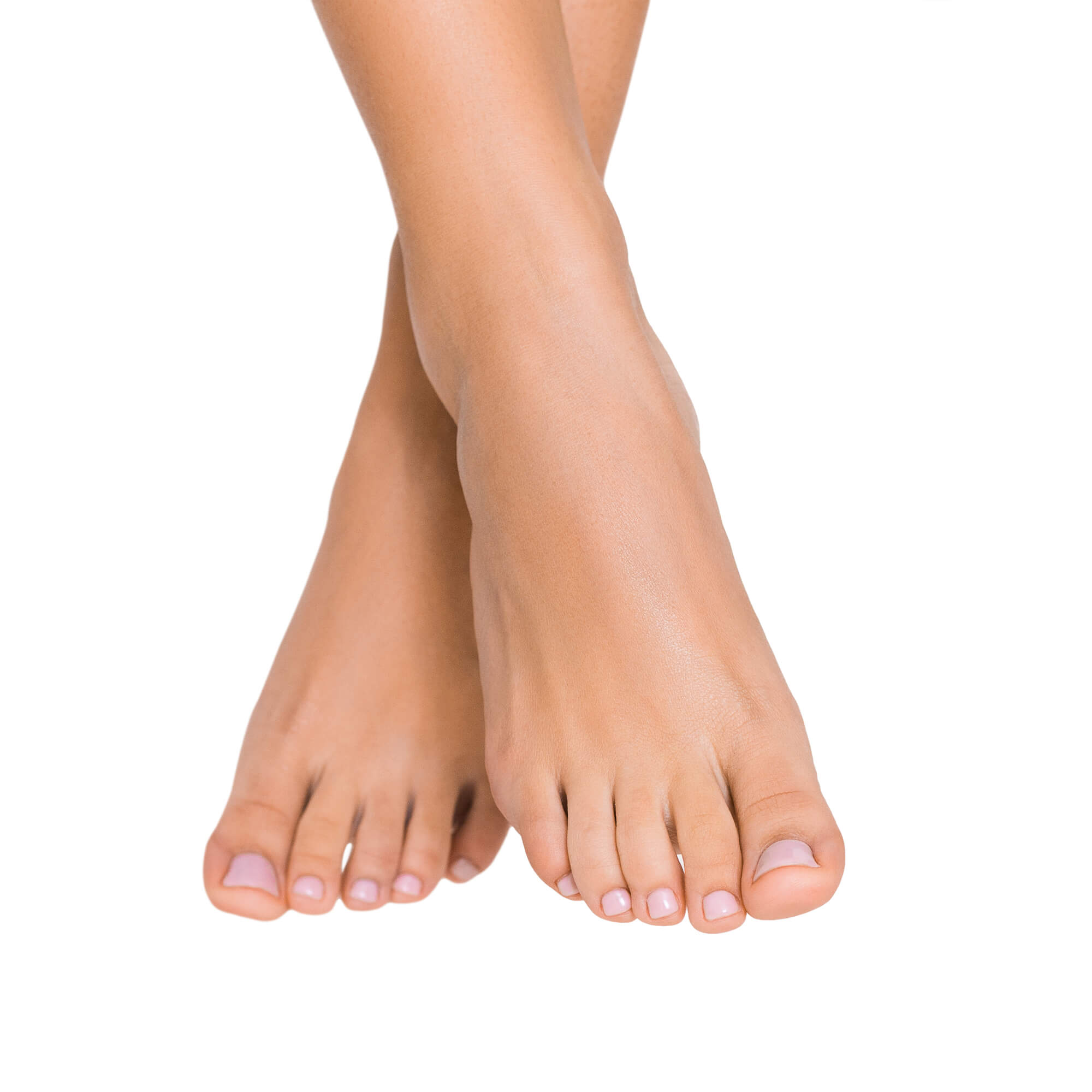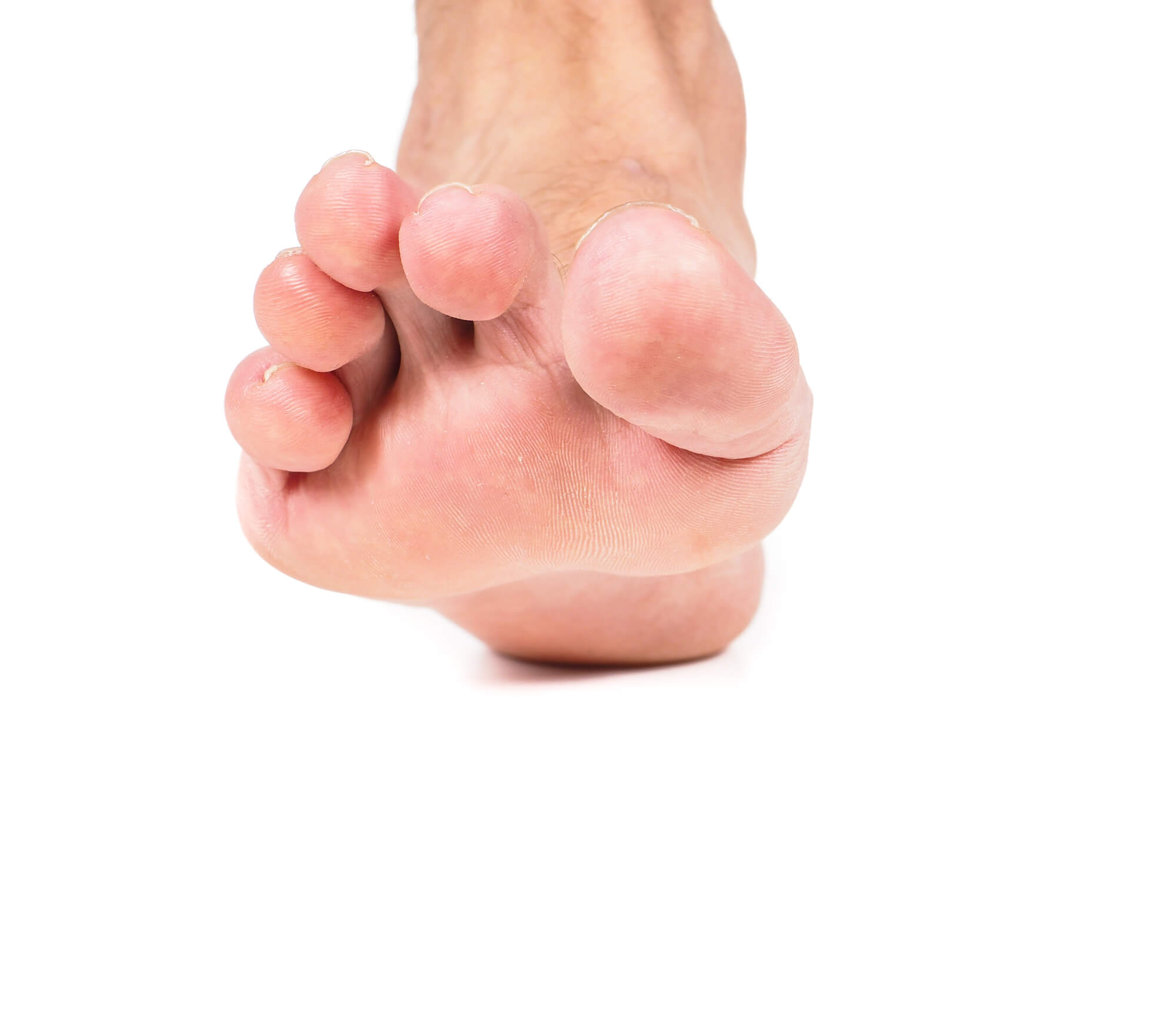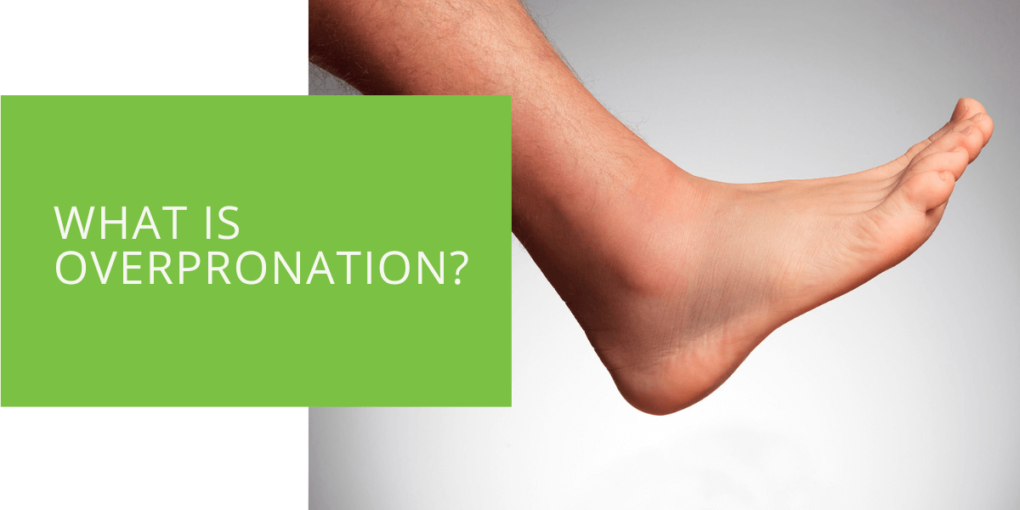What Is Overpronation?
Have you ever noticed that your feet feel tired or sore after a long walk or run? Or perhaps you've noticed that your shoes wear down more quickly on the inner side of the sole? These may be signs of overpronation, a common foot condition that can lead to pain and discomfort in the feet, ankles, and even the knees.
In this article, we'll explore what overpronation is, its causes, symptoms, treatment options, and ways to prevent it.
Have you ever noticed that your feet feel tired or sore after a long walk or run? Or perhaps you've noticed that your shoes wear down more quickly on the inner side of the sole? These may be signs of overpronation, a common foot condition that can lead to pain and discomfort in the feet, ankles, and even the knees. In this article, we'll explore what overpronation is, its causes, symptoms, treatment options, and ways to prevent it.
What Is Overpronation?
Pronation is a normal movement of the foot that occurs as we walk or run. It involves the inward rolling of the foot from the heel to the toes, which helps to absorb shock and distribute weight evenly across the foot. However, some people tend to overpronate, meaning that their feet roll inward too much. This can cause the foot to flatten and the arch to collapse, leading to a number of problems.
There are two types of overpronation: mild and severe. Mild overpronation is when the foot rolls inward slightly more than normal, but not to a significant degree. Severe overpronation, on the other hand, is when the foot rolls inward significantly, causing the arch to flatten and the heel to turn outward.

What Is Underpronation?
Underpronation, also known as supination, is the opposite of overpronation. It occurs when the foot doesn't roll inward enough as you walk or run. Instead, it rolls outward, putting more pressure on the outer edge of the foot.
Underpronation can cause a number of problems, including foot pain, shin splints, and stress fractures. It can also lead to problems with the knees, hips, and back.
Like overpronation, underpronation can be caused by a variety of factors, including flat feet, high arches, and wearing the wrong shoes. It can also be a result of certain medical conditions, such as arthritis or diabetes.
Treatment for underpronation is similar to treatment for overpronation, and may include orthotic inserts, stretching and strengthening exercises, and proper footwear. It's important to identify the cause of your underpronation and seek treatment if necessary to prevent further problems.
Causes of Overpronation
There are several factors that can contribute to overpronation, including:
- Flat feet: People with flat feet, or fallen arches, tend to overpronate because their feet don't have enough arch support to keep them stable. This can be a congenital condition or a result of wearing improper footwear.
- Foot and ankle injuries: Overpronation can also be a result of injuries to the foot or ankle, such as sprains or fractures. These injuries can weaken the muscles and tendons in the foot, leading to excessive pronation.
- Excessive weight: Carrying excess weight puts extra strain on the feet, which can cause them to overpronate as a way to compensate for the added stress.
- Wearing the wrong shoes: Wearing shoes that are too loose or have inadequate arch support can also contribute to overpronation.

Symptoms of Overpronation
Overpronation can cause a number of symptoms, including:
- Pain in the feet, ankles, or knees: Overpronation can lead to pain in these areas because it puts extra strain on the muscles, tendons, and joints.
- Flat feet or high arches: As mentioned, overpronation can cause the arch to flatten or the heel to turn outward, leading to an abnormal foot position.
- Excessive wear on the inner side of the sole: If you notice that your shoes wear down more quickly on the inner side, this may be a sign of overpronation.
- Difficulty standing on one foot: People with overpronation may have difficulty balancing on one foot because their feet are not stable.
Treatment for Overpronation
If you're experiencing symptoms of overpronation, there are a few treatment options available:
- Orthotic inserts: Orthotic inserts are special inserts that go inside your shoes to provide extra arch support and help correct your foot position. They can be prescribed by a podiatrist or purchased over-the-counter.
- Stretching and strengthening exercises: Strengthening the muscles in your feet and ankles can help improve your foot stability and reduce overpronation. Stretching exercises, such as toe stretches and calf stretches, can also be helpful.
- Wearing proper footwear: Choosing shoes with good arch support and a stable heel can help reduce overpronation
- Physical therapy: Physical therapy can help improve muscle strength and flexibility in the feet and ankles, which can help correct overpronation.

Prevention of Overpronation
While some people may be more prone to overpronation due to genetics or certain medical conditions, there are steps you can take to prevent it or reduce its severity:
- Wear shoes with good arch support: As mentioned, choosing shoes with proper arch support can help prevent overpronation. Look for shoes with a solid, stable heel and a firm midsole.
- Maintain a healthy weight: Carrying excess weight puts extra strain on the feet, so maintaining a healthy weight can help reduce the risk of overpronation.
- Exercise regularly: Regular exercise can help strengthen the muscles in your feet and ankles, which can help prevent overpronation.
- Stretch before and after physical activity: Stretching can help improve flexibility in the feet and ankles, which can help prevent overpronation.
Exercises for Overpronation
Exercises can be a helpful treatment option for overpronation, as they can help improve muscle strength and flexibility in the feet and ankles. Here are a few exercises you can try:
Toe stretches
To do this exercise, sit in a chair with your feet flat on the ground. Lift your toes up as high as you can, then hold for a few seconds before releasing. Repeat this movement 10-15 times.
Calf stretches
Stand facing a wall with your hands against the wall. Place one foot behind the other, with the back foot flat on the ground and the front foot resting on your toes. Keeping your heel on the ground, lean forward until you feel a stretch in your calf. Hold for 30 seconds, then switch sides.
Arch lifts
To do this exercise, stand with your feet shoulder-width apart and your toes pointed forward. Slowly lift your left foot off the ground, keeping your heel on the ground. Hold for a few seconds, then release. Repeat 10-15 times, then switch sides.
Heel raises
Stand with your feet shoulder-width apart and your toes pointed forward. Slowly raise your heels off the ground, then lower them back down. Repeat 10-15 times.
Toe raises
Stand with your feet shoulder-width apart and your toes pointed forward. Slowly raise your toes off the ground, then lower them back down. Repeat 10-15 times.
It's important to start slowly and gradually increase the intensity of these exercises as your muscles get stronger. It's also a good idea to consult with a physical therapist or podiatrist before starting any new exercise program.

Conclusion
Overpronation is a common foot condition that can lead to pain and discomfort in the feet, ankles, and knees. It's important to identify the cause of your overpronation and seek treatment if necessary to prevent further problems. Wearing shoes with good arch support, maintaining a healthy weight, and exercising regularly can also help prevent overpronation.
FAQ
Can overpronation be corrected?
Overpronation can often be corrected with the right treatment, such as orthotic inserts, physical therapy, and proper footwear.
Is overpronation the same as flat feet?
Overpronation is often a result of flat feet, but it's not the same thing. Flat feet, or fallen arches, are a condition in which the arch of the foot collapses and touches the ground. Overpronation is when the foot rolls inward too much as a result of flat feet or other factors.
Can overpronation cause knee pain?
Yes, overpronation can cause knee pain because it puts extra strain on the muscles and tendons in the legs. The knees have to work harder to compensate for the unstable foot position, which can lead to pain and discomfort.
Can overpronation be prevented?
While some people may be more prone to overpronation due to genetics or certain medical conditions, there are steps you can take to prevent it or reduce its severity. Wearing shoes with good arch support, maintaining a healthy weight, and exercising regularly can all help prevent overpronation.

